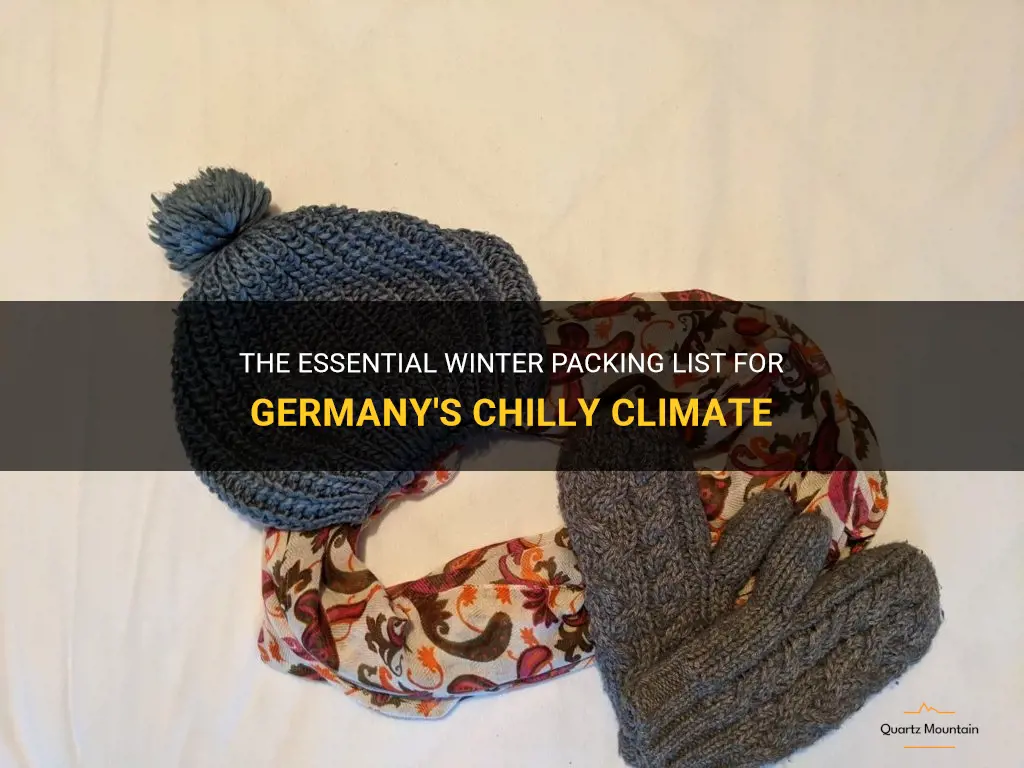
Winter in Germany can be a magical time, with snow-capped landscapes and cozy Christmas markets. However, it's important to be prepared for the chilly climate that comes with this season. Whether you're planning a winter getaway or are a new resident in Germany, having the right essentials packed will make your experience more enjoyable. From warm clothing to practical accessories, this essential winter packing list will ensure you're prepared for anything the German winter throws your way. So, grab a warm cup of Glühwein and keep reading to make sure you have everything you need to stay warm and comfortable during your time in Germany's chilly climate.
What You'll Learn
- What are the essential clothing items to pack for winter in Germany?
- Are heavy-duty winter boots necessary for walking on snow and ice in Germany?
- Should I bring a winter coat or will layering with sweaters and jackets be sufficient?
- Are gloves and hats necessary to protect against the cold weather in Germany?
- What types of accessories should I pack to stay warm and comfortable during the winter in Germany?

What are the essential clothing items to pack for winter in Germany?
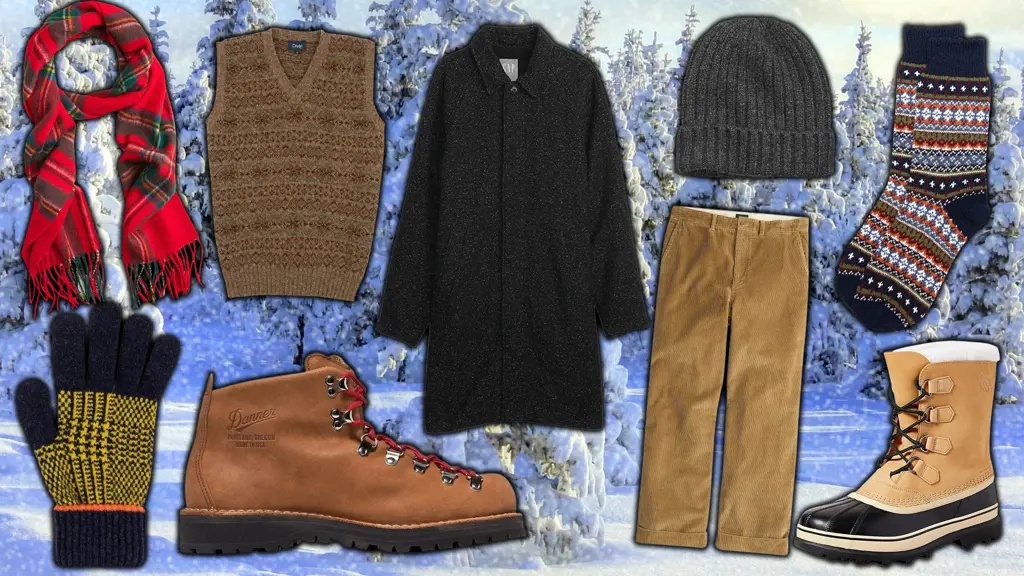
Germany is known for its cold and snowy winters, so it's essential to be well-prepared when packing for a trip during this season. Proper winter clothing will help keep you warm and comfortable, allowing you to fully enjoy your visit. Here are some essential clothing items you should consider packing for winter in Germany:
- Warm Outerwear: A good quality winter coat is a must-have item for winter in Germany. Look for a coat that is both waterproof and insulated to protect you from the snow and cold temperatures. Additionally, consider packing a warm hat, scarf, and gloves to protect your head, neck, and hands from the chilly winds.
- Layered Clothing: Layering is key when dressing for winter in Germany. Start with a base layer of thermal or moisture-wicking clothing to keep you dry and warm. Add a middle layer of fleece or wool for insulation, and finish with a waterproof and windproof outer layer. This way, you can easily adjust your clothing to adapt to changing temperatures throughout the day.
- Thermal Underwear: Packing a set of thermal underwear is a wise choice when visiting Germany in winter. Thermal tops and bottoms will help regulate your body temperature and provide an extra layer of warmth. Look for materials such as merino wool or synthetic blends that offer excellent moisture-wicking properties.
- Winter Boots: It's essential to pack a pair of insulated and waterproof boots for your winter trip to Germany. Look for boots with a thick sole and good traction to prevent slipping on icy surfaces. Ensure they are also warm and comfortable, so you can walk around the snowy streets without freezing your feet.
- Thick Socks: Keeping your feet warm is vital when exploring Germany in winter. Pack several pairs of thick, moisture-wicking socks to wear with your winter boots. Merino wool socks are an excellent choice as they provide insulation and moisture management.
- Thermal Leggings or Pants: To add an extra layer of warmth to your legs, consider packing a pair of thermal leggings or pants. These can be worn under your regular pants or jeans to provide insulation and keep you warm during outdoor activities.
- Sweaters and Thermal Tops: Pack a few warm sweaters and thermal tops to layer over your base layer. Opt for materials like wool or fleece as they provide excellent insulation and retain warmth. These layers can easily be added or removed as needed, depending on the temperature.
- Waterproof and Windproof Accessories: In addition to your coat and winter boots, be sure to pack other waterproof and windproof accessories. This may include a waterproof hat, a windproof face mask or neck gaiter, and waterproof gloves. These accessories will help protect you from the elements and keep you cozy during your stay.
- Sunglasses and Sunscreen: While it may seem counterintuitive, sunglasses and sunscreen are essential items to pack for winter in Germany. The snow can reflect the sun's rays, causing intense glare and increasing the risk of sunburn. Don't forget to protect your eyes and skin by packing a pair of sunglasses and a sunscreen with a high SPF.
In conclusion, packing the right clothing items for winter in Germany is crucial to ensure a comfortable and enjoyable trip. With a combination of warm outerwear, layered clothing, thermal accessories, winter boots, and waterproof accessories, you'll be well-prepared to take on the cold temperatures and snowy conditions. Stay warm and have a great time exploring all that Germany has to offer during this magical season.
Essential Items to Pack for a 3-Month Adventure in California
You may want to see also

Are heavy-duty winter boots necessary for walking on snow and ice in Germany?
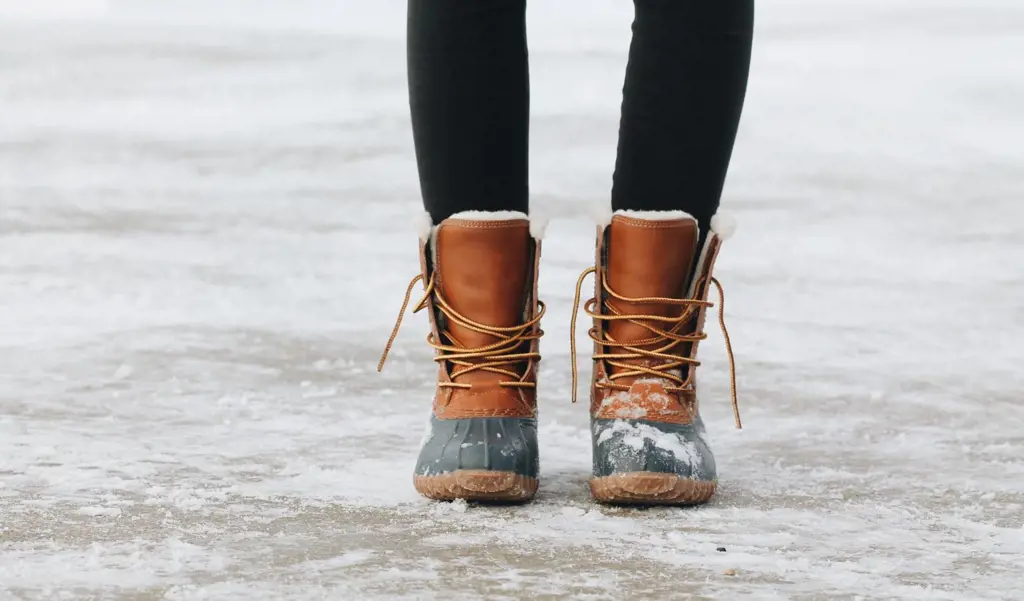
When it comes to winter weather in Germany, it is important to be prepared for the snow and ice that can cover the streets and sidewalks. One question that often arises is whether heavy-duty winter boots are necessary for walking in these conditions. The answer to this question depends on a few factors, including the amount of snow and ice, the terrain, and personal preference.
In Germany, the winters can be quite cold and snowy, especially in the more mountainous regions. In these areas, heavy-duty winter boots are often recommended, as they provide extra insulation and traction. These boots are designed to keep your feet warm and dry, even in the harshest conditions. They often have a thick, waterproof outer layer and a warm, insulated inner layer. Additionally, they typically have special treads on the sole to prevent slipping on snow and ice.
However, in some parts of Germany, particularly in the cities, the snow and ice may not be as prevalent. In these areas, a pair of regular winter boots or even sturdy walking shoes may be sufficient. These types of footwear often have some traction on the soles and may provide enough warmth for short walks in colder temperatures. It is important to consider the specific conditions of the area before deciding on footwear.
When it comes to walking on snow and ice, it is also important to consider the terrain. Are you walking on flat, well-maintained sidewalks, or are you hiking on steep, icy trails? If you are navigating more challenging terrain, heavy-duty winter boots may be necessary. These boots provide the necessary traction and stability to prevent falls and injuries. On the other hand, if you are mostly walking on flat surfaces, regular winter boots or walking shoes may suffice.
Personal preference also plays a role in determining whether heavy-duty winter boots are necessary. Some people simply feel more comfortable and confident in heavy-duty boots, regardless of the conditions. Others may find that regular winter boots or other types of footwear meet their needs just fine. It is important to choose footwear that you feel comfortable wearing and that provides the necessary warmth and traction for your needs.
In conclusion, heavy-duty winter boots may be necessary for walking on snow and ice in Germany, depending on the amount of snow and ice, the terrain, and personal preference. In areas with heavy snowfall and challenging terrain, these boots can provide the necessary warmth and traction to navigate safely. However, in areas with less snow and flat terrain, regular winter boots or walking shoes may be sufficient. Ultimately, it is important to assess the specific conditions and choose footwear that meets your needs and provides the necessary protection.
Essential Items to Pack for Your Tiny House Adventure
You may want to see also

Should I bring a winter coat or will layering with sweaters and jackets be sufficient?
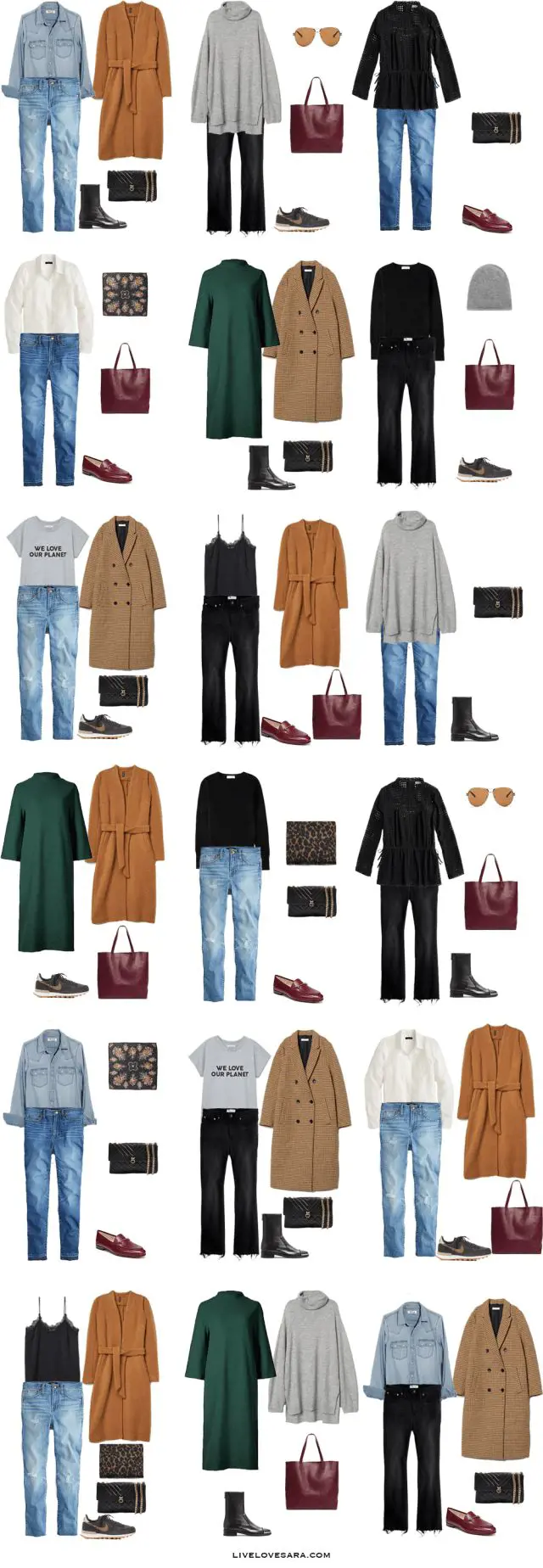
When preparing for winter weather, it's important to consider your personal preferences and the climate of your destination. In some cases, layering with sweaters and jackets may be sufficient, while in other cases, a winter coat may be necessary. Let's explore factors that can help you make an informed decision.
- Climate: The first thing to consider is the climate of your destination. If you're traveling to an area with extremely cold temperatures, strong winds, or heavy snowfall, a winter coat is likely a necessity. It provides an extra layer of insulation and protection against the elements that sweaters and jackets alone may not provide.
- Activity level: Another factor to consider is your planned activities during your trip. If you'll be engaging in outdoor activities such as skiing, snowboarding, or hiking, a winter coat is highly recommended. These activities typically involve spending extended periods of time outside and require more insulation than layering with sweaters and jackets can offer.
- Duration of stay: If you're only planning a short trip, layering with sweaters and jackets may be sufficient. However, if you'll be staying in a cold climate for an extended period, investing in a winter coat is worth considering. It will provide consistent warmth throughout your stay and help you avoid discomfort or health issues related to prolonged exposure to cold temperatures.
- Personal preference: Personal preference also plays a role in the decision-making process. Some individuals naturally feel colder than others, so if you tend to get chilly easily, a winter coat can provide the extra warmth and comfort you need. Additionally, some people simply prefer the simplicity of a single garment rather than layering multiple pieces of clothing.
Examples:
- Example 1: Sarah is planning a weekend getaway to a ski resort in the mountains. She knows that temperatures can drop significantly and that she'll be spending most of her time outside on the slopes. In this case, Sarah decides to invest in a high-quality winter coat to ensure she stays warm and protected during her active outdoor activities.
- Example 2: John is traveling to a city known for its mild winters. He plans to spend most of his time indoors visiting museums and exploring the local cuisine. Given the moderate temperatures, John decides that layering with sweaters and jackets will be sufficient for his trip. He can easily adjust his clothing based on the indoor and outdoor temperature variations.
In conclusion, the decision to bring a winter coat or rely on layered sweaters and jackets depends on several factors: the climate of your destination, the activities you'll be participating in, the length of your stay, and your personal preference. Consider these factors before making your decision to ensure you stay warm, comfortable, and protected during your winter travel.
Essential Items to Pack for ACL Festival
You may want to see also

Are gloves and hats necessary to protect against the cold weather in Germany?
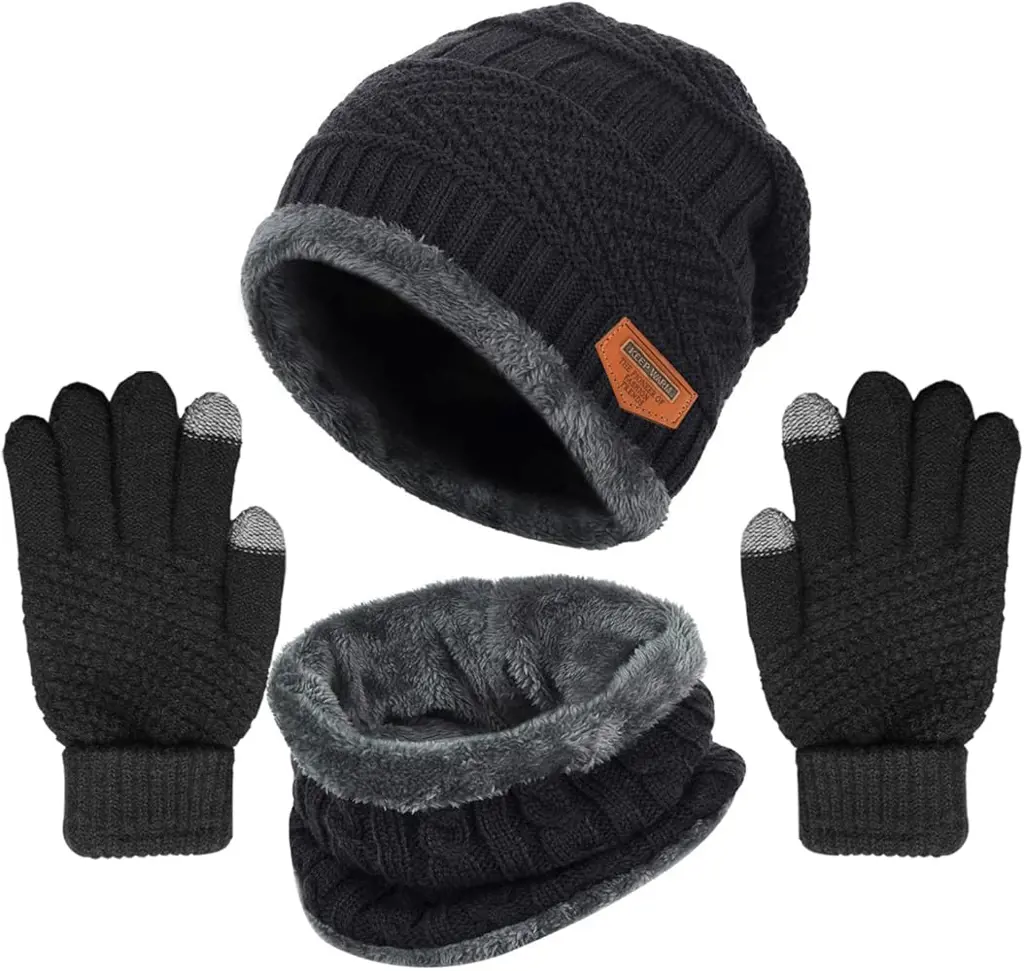
When it comes to facing cold weather, especially in places like Germany where winters can be harsh, gloves and hats are essential accessories for keeping warm. The human body loses a significant amount of heat through the extremities, such as the hands and head. Wearing gloves and hats is a practical and effective way to prevent heat loss and protect against the cold temperatures.
Scientifically, it is well-known that the head and hands have a high concentration of blood vessels close to the surface of the skin. Exposing these areas to cold air can cause the blood vessels to constrict, leading to a reduced blood flow and a drop in body temperature. Wearing hats and gloves creates a barrier between these sensitive areas and the cold air, preventing heat loss and maintaining a stable body temperature.
Overlooking the importance of wearing gloves and hats in cold weather can have serious consequences. Prolonged exposure to cold temperatures can result in frostbite, a condition where the skin and underlying tissues freeze. Frostbite can lead to numbness, tissue damage, and in severe cases, amputation. These risks can be significantly reduced by wearing appropriate protective gear such as gloves and hats.
Practical experience also proves the necessity of wearing gloves and hats in cold weather. People living in Germany, or any other cold climate, quickly learn the importance of bundling up to stay warm and comfortable during winter months. Without warm headwear and gloves, even a short walk outside can become an uncomfortable and potentially dangerous experience.
To protect against the cold, it is recommended to wear gloves made of insulating materials, such as wool or synthetic fibers. These materials help retain body heat and provide protection against moisture, critical in preventing frostbite. Additionally, gloves should fit well and cover both the hands and wrists to ensure maximum coverage and protection.
Similarly, a hat made of a warm and insulating material, like wool or fleece, is highly effective in trapping body heat and preventing heat loss from the head. The head accounts for a significant amount of heat loss when exposed to the cold air, so wearing a hat is crucial in maintaining body temperature and protecting against the cold weather.
To summarize, gloves and hats are necessary accessories for protecting against cold weather, particularly in countries like Germany with harsh winters. Scientifically, these accessories create a barrier against cold air and prevent heat loss from the extremities. Experience also supports the importance of wearing gloves and hats, as people living in cold climates quickly realize their significance. By choosing gloves and hats made from insulating materials and ensuring proper fit, individuals can effectively safeguard themselves against the cold weather and reduce the risk of frostbite. So, before venturing out into the cold, make sure to grab a pair of gloves and a hat to keep warm and protected.
The Ultimate Guide to Packing Delicious Food for a Day at the Beach
You may want to see also

What types of accessories should I pack to stay warm and comfortable during the winter in Germany?

Germany is known for its cold winters, with temperatures often dropping below freezing. To stay warm and comfortable during this time, it's important to pack the right accessories. Here are some key items to consider:
- Warm Clothing: Layering is key in Germany's winter weather. Start with a moisture-wicking base layer, such as long-sleeved thermal shirts and leggings. Top it off with a thick sweater or fleece jacket for added warmth. Don't forget to pack a waterproof and windproof outer layer to protect against the elements.
- Hats: Heat escapes from the head, so wearing a hat is essential in keeping warm. Opt for a thick beanie or a hat with ear flaps for extra insulation. Look for materials like wool or fleece, as they provide excellent insulation.
- Gloves: To protect your hands from the biting cold, invest in a good pair of gloves. Look for ones made from materials like fleece or leather, as they are both warm and durable. Consider getting a pair with touchscreen compatibility, so you can use your smartphone without taking off your gloves.
- Scarves: Scarves are not only a stylish accessory but also a practical one in winter. They help keep the neck warm and can be pulled up to cover your face in extreme cold. Wool or cashmere scarves are great choices, as they provide excellent insulation.
- Socks: Cold feet can quickly ruin your day, so pack plenty of warm socks. Look for ones made from merino wool or other thermal materials, as they help keep your feet warm and wick away moisture.
- Boots: A good pair of waterproof and insulated boots is crucial in Germany's winter weather. Look for ones with a non-slip sole and plenty of traction to prevent slipping on icy surfaces. Make sure they are roomy enough to accommodate thick socks.
- Hand and Toe Warmers: In especially cold weather, consider packing hand and toe warmers. These small heat packs can provide extra warmth when you need it most. They are easily activated by shaking and can last for several hours.
- Thermal Underwear: If you'll be spending a lot of time outdoors, thermal underwear can provide an extra layer of warmth. Look for moisture-wicking and quick-drying materials to keep you comfortable throughout the day.
- Ear Muffs or Headbands: In addition to wearing a hat, ear muffs or headbands can provide extra warmth for your ears. Look for ones lined with fleece or faux fur for maximum insulation.
- Neck Gaiters: Neck gaiters are versatile accessories that can be worn in various ways. They can be used as a scarf, headband, or even a face covering in extremely cold weather. Look for ones made from fleece or wool for added warmth.
Remember, it's better to pack too many warm accessories than not enough. Germany's winter weather can be unpredictable, and it's always better to be prepared for the cold. With the right accessories, you can stay warm and comfortable throughout your time in Germany during the winter season.
Essential Item Checklist for a Perfect Summer in Italy
You may want to see also
Frequently asked questions
When packing for winter in Germany, it's important to bring warm and layered clothing. This includes thermal undergarments, sweaters, and thick coats. Don't forget to pack hats, gloves, scarves, and warm socks to protect yourself from the cold temperatures.
Yes, it is likely to snow in Germany during winter. Especially in the southern regions, where there are higher elevations, you can expect snowfall. It's always a good idea to check the weather forecast before your trip to have an idea of the expected snow levels.
Yes, packing waterproof boots for winter in Germany is highly recommended. With the possibility of snowfall and rain, you'll want to keep your feet dry and protected from the wet conditions. Look for boots with good traction to prevent slips on icy surfaces.
If you're planning to go skiing in Germany, it's up to you whether you want to bring your own skis or rent them. While renting skis is convenient, bringing your own skis can be more comfortable and familiar. Just make sure to check with your airline about their regulations for transporting sporting equipment.
When visiting German Christmas markets in winter, it's a good idea to pack warm and comfortable shoes since you'll be doing a lot of walking. Additionally, bringing a reusable shopping bag or tote can be handy for carrying any gifts or souvenirs you may purchase at the markets. Don't forget to also pack a camera to capture the festive atmosphere!







